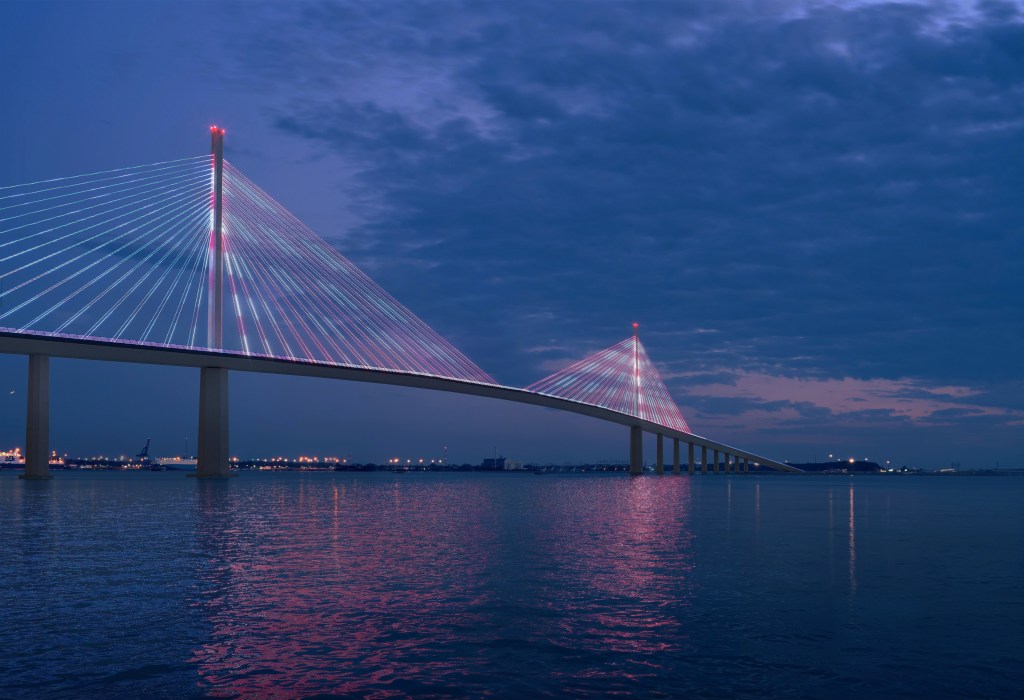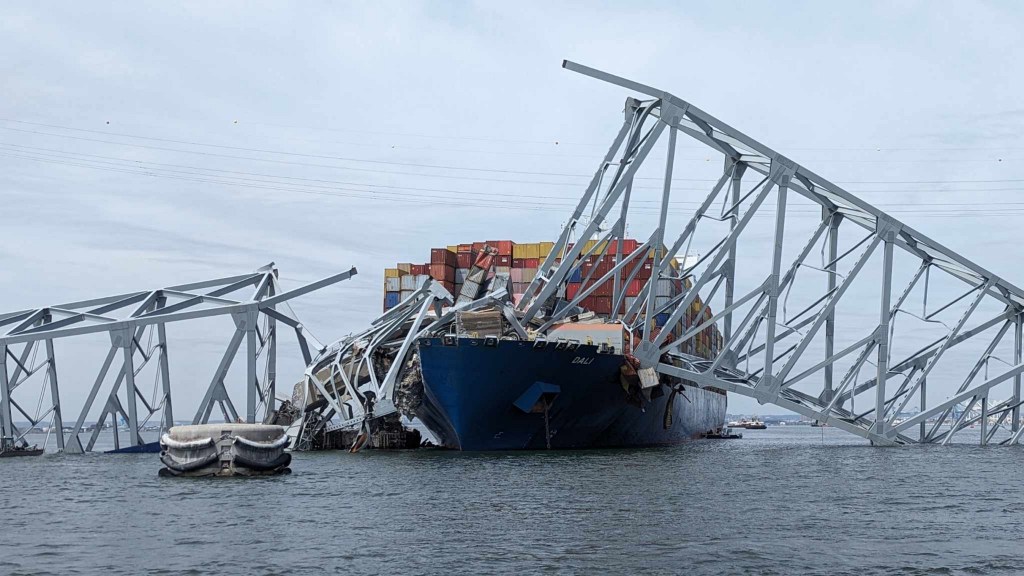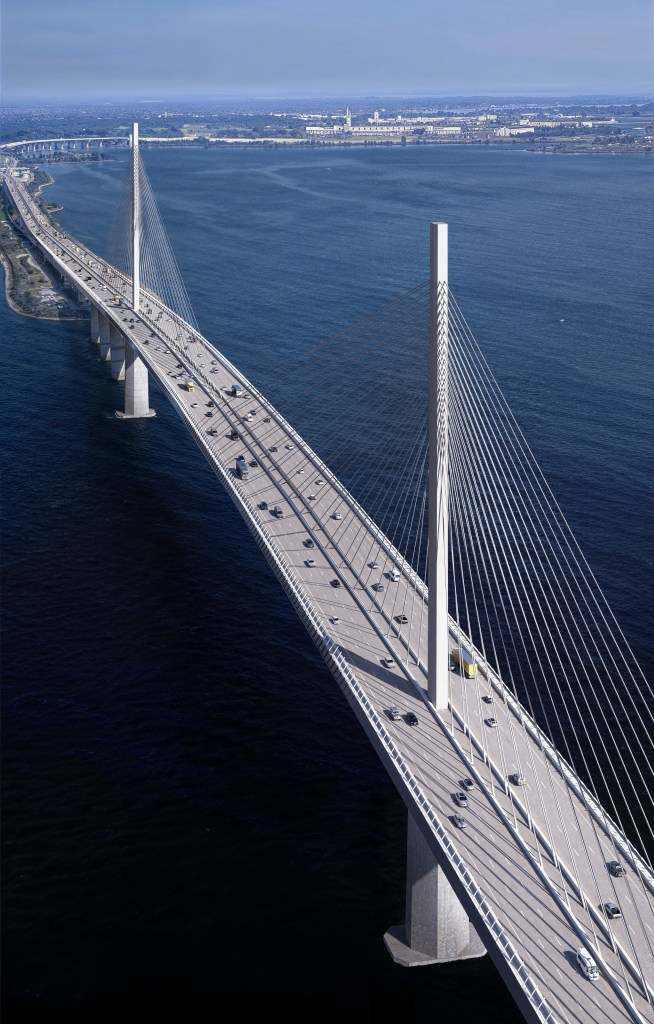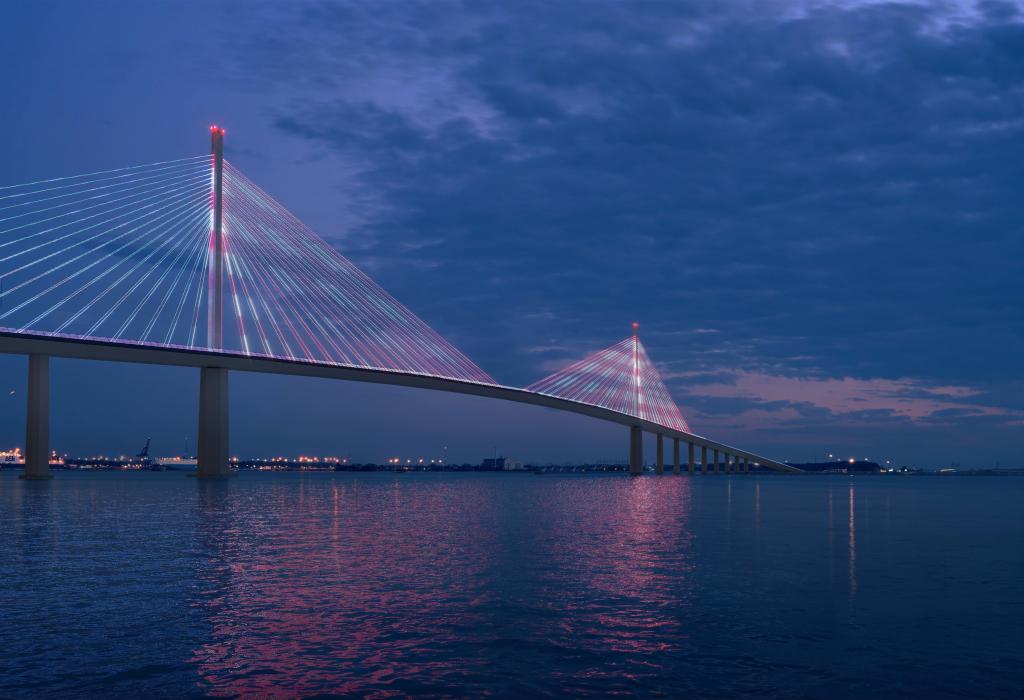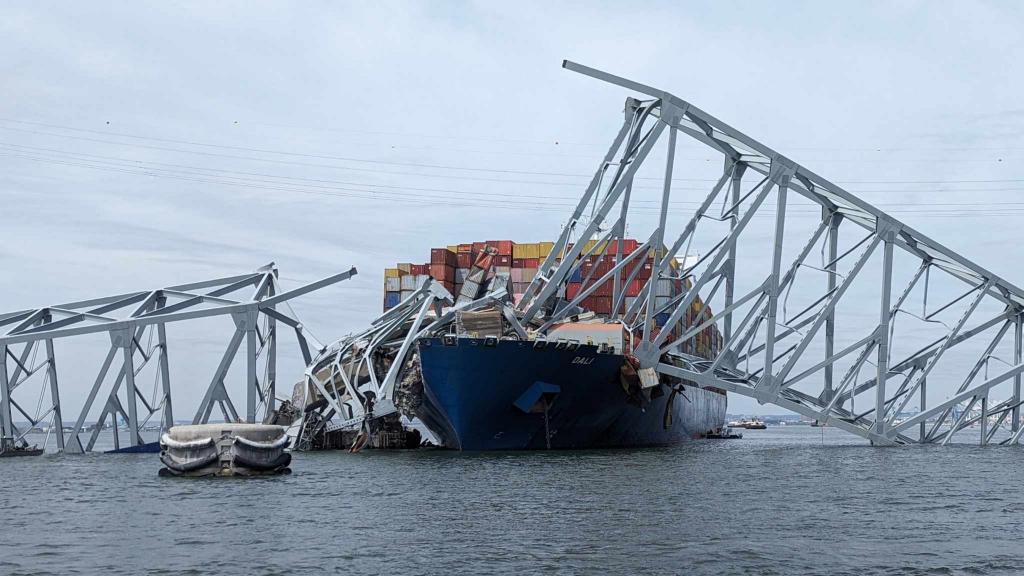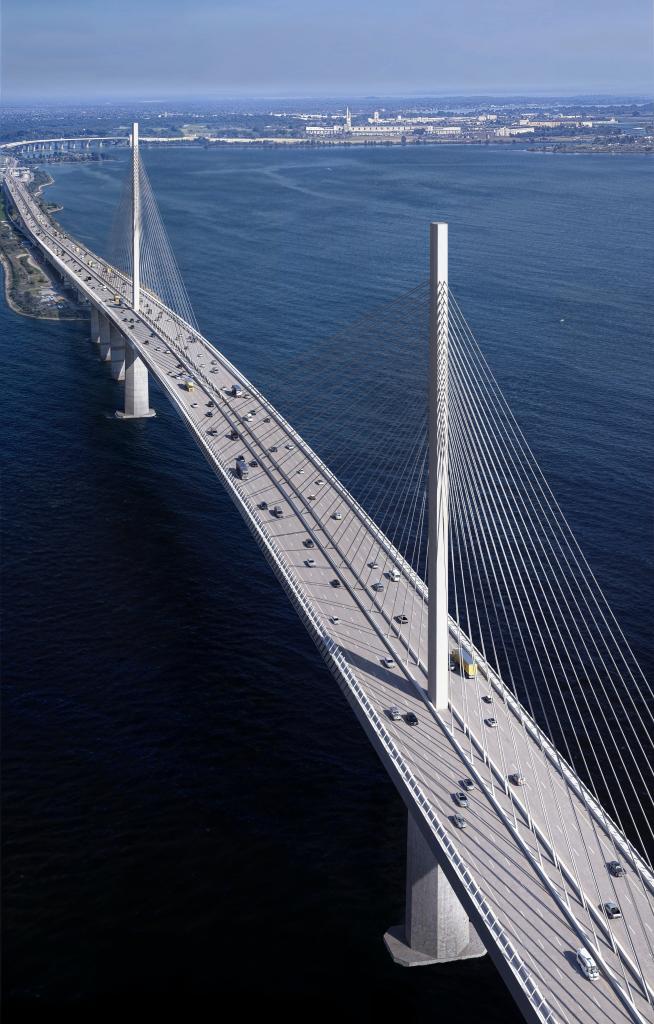New design to replace Baltimore’s collapsed Francis Scott Key Bridge unveiled
A new design for the collapsed Baltimore bridge has been unveiled.
The first proposal for a replacement bridge sees a wider span and improved clearance height to minimize chance of collision.
Italian design firm Carlo Ratti Associati (CRA), have worked together with structural engineer Michel Virlogeux and international construction group Webuild on the reconstruction proposal for the Francis Scott Key Bridge.
The expanse collapsed on 26 March when container ship MV Dali struck one of its piers.
In a proposal letter to US Secretary of State for Transportation, the Governor of Maryland, and the Director of the Maryland Port Administration, Webuild CEO Pietro Salini wrote: “We at Webuild and our US subsidiary Lane are ready to make ourselves available, to quickly restore this strategic bridge for local mobility.
“We will take part in the Maryland Transportation Authority (MDTA)’s Virtual Industry Forum for the reconstruction of the bridge, and we are ready to help in any way we can at this stage in the spirit of pro bono service.”
Start your day with all you need to know
Morning Report delivers the latest news, videos, photos and more.
Thanks for signing up!
The design, which follows a cable-stayed approach, improves several functional characteristics of the old bridge to enhance safety and long-term adaptability.
By enlarging the bridge’s main span from 1,200 ft to 2,230 ft (700 m), the primary support pillars will be situated in very shallow water (a depth of approximately 23 ft), well away from the navigation channel used by large vessels.
“This approach aims to ensure that accidents such as the one that occurred last March, causing the former bridge to collapse, will not happen again,” say CRA.
The design also increases clearance from 185 ft to 230 ft (70 m), in accordance with the shipping industry’s latest standards and enables the Port of Baltimore to remain a major international harbour in the years to come.
The concept also proposes a larger roadway, with a new lane added in each direction, to accommodate increased vehicle capacity, addressing the high traffic levels across the bridge.
The project is designed in collaboration with renowned French consulting engineer and designer Michel Virlogeux, who designed several of the world’s most significant cable-stayed bridges, including Lisbon’s Ponto Vasco da Gama and the tallest bridge on Earth, the Millau Viaduct in the Occitania region of France.
The Baltimore design has been developed for the international construction group Webuild, whose Italian branch was responsible for the reconstruction, carried out in record time, of the Ponte Morandi in Genoa, Italy, which collapsed in August 2018 following severe weather.
Carlo Ratti, professor at the Massachusetts Institute of Technology and founding partner of CRA-Carlo Ratti Associati, says: “Opting for a cable-stayed solution enables the piles to be positioned at a safe distance, well away from the navigation channel used by large vessels and hence preventing the risk of a tragedy such as the one of March 26 happening again.
“This approach also provides a light-weight solution to reconnect two sides of Baltimore, both socially and economically – what American infrastructure should be striving to do in the 21st century.”
CRA add: “The new bridge will once again be a shining symbol of the city of Baltimore, and of the United States as a whole, marking the entrance to one of the most significant shipping ports on the East Coast.”








